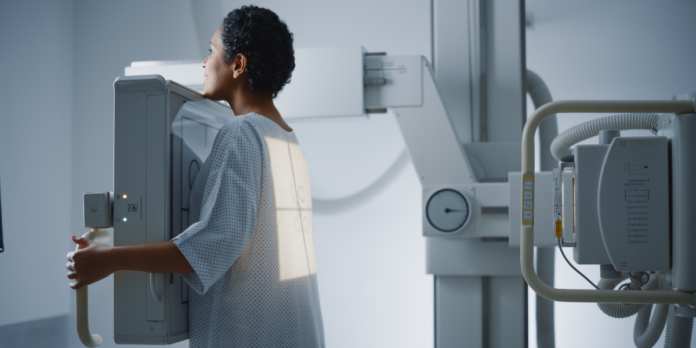In the United States, Non-Small Cell Lung Cancer (NSCLC) is the most common type of lung cancer, making up more than 80% of all lung cancer diagnoses. It is likely that you or someone you know has been or will be impacted by NSCLC. Receiving a cancer diagnosis is a life-changing event. Here’s what you need to know about your NSCLC diagnosis.
Understanding Key Components
Understanding the key components of NSCLC is a vital part of navigating your diagnosis. It can help empower you to move forward in light of your diagnosis and encourage you to prioritize positive outcomes. It provides the knowledge needed to actively engage in your care and openly communicate with healthcare providers.
NSCLC Subtypes
There are three subtypes of NSCLC that are identified based on how they look under a microscope: adenocarcinoma, squamous cell carcinoma, and large cell carcinoma.
Adenocarcinoma is the most common subtype of NSCLC. It is found in the outer parts of the lung and likely to be identified in its early stages. It occurs mostly in current or former smokers but is also very common in non-smokers.
Squamous Cell Carcinoma, develops in the squamous cells of the lungs. These specific cells line the lung airways. It is usually found in the center of the lung. Like adenocarcinoma, there is a link between this cancer subtype and smoking history.
Large Cell Carcinoma is the least common subtype of NSCLC. It can be found in any part of the lung. It can be difficult to treat because it tends to grow quickly and spread rapidly.
NSCLC Staging
Following a NSCLC diagnosis, the care team will need to determine if the cancer has spread through a process called staging. Staging helps ensure the most effective treatment plan is chosen.
NSCLC is staged using a TNM system. This system identifies the size and location of the primary tumor (T), assesses lymph node involvement (N), and identifies the presence of other distant cancerous growths or metastases (M).
NSCLC is also classified by numerical stages (0-4). Stage zero means the cancer has not spread and stage four means the cancer has spread to the other parts of the body.
Staging can be complicated, so it is important to ask questions as you learn more about your specific cancer stage.
NSCLC Prognosis
Good news is that NSCLC is treatable at various cancer stages, but early detection and diagnosis is key. Your overall health plays a role in your cancer outlook as well as cancer stage and type.
Know Your Options
As you navigate your diagnosis, you may encounter several members of the care team who will work together to tailor a treatment plan that is best for you. It is important to work with your providers to ensure decision making is shared. Seeking second opinions can help you feel confident you are receiving the best care possible. Treatment options may vary depending on a number of different factors.
Common treatment types include:
- Surgery
- Radiation
- Chemotherapy
- Targeted therapy
- Immunotherapy
Advancements in treatment options through ongoing research and clinical trials provide an avenue to access new NSCLC treatments.
Advocate for Yourself
Coping with the mental, physical, and emotional effects of a cancer diagnosis and treatment can be a challenge. Identifying your support system and relying on them especially during tough times can be beneficial. Communicate with your care team, and don’t be afraid to utilize resources such as therapists, counselors, and support groups.
Advocate for yourself and others with NSCLC by making decisions that align with your treatment goals. Participating in a clinical trial is one way you can take action and help advance the field of NSCLC research.
Click here to learn more and ask your healthcare provider about NSCLC clinical trial research.
References:
- American Society of Clinical Oncology. Lung Cancer – Non-Small Cell.
- American Cancer Society. What is Lung Cancer?
- American Cancer Society. Non-Small Cell Lung Cancer Stages.






